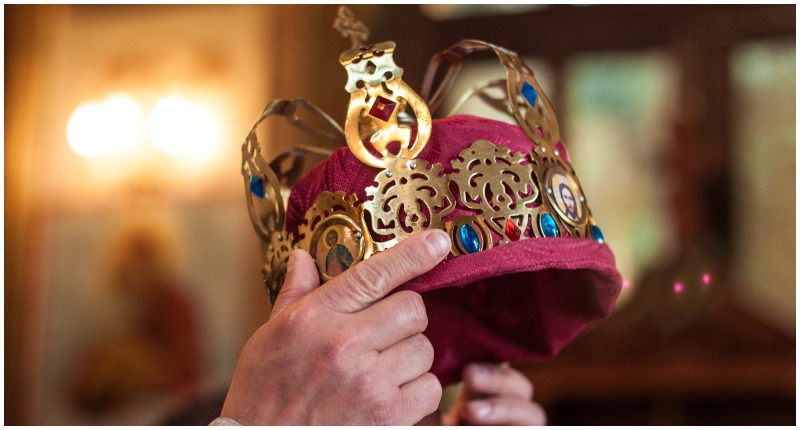A monarchy is a governmental system that has a single person, the monarch (usually a king, queen, or emperor), as the head of government, most often with an aristocracy that are considered “above” common people.
A monarch is not elected and generally comes to power through hereditary means. This leader, male or female, can have varying amounts of power.
During the Middle Ages, monarchies were almost the only type of government in Europe, and the monarchs who ruled them had absolute power within the borders of their kingdoms.
Let’s look at three of the oldest continuing monarchies.
England
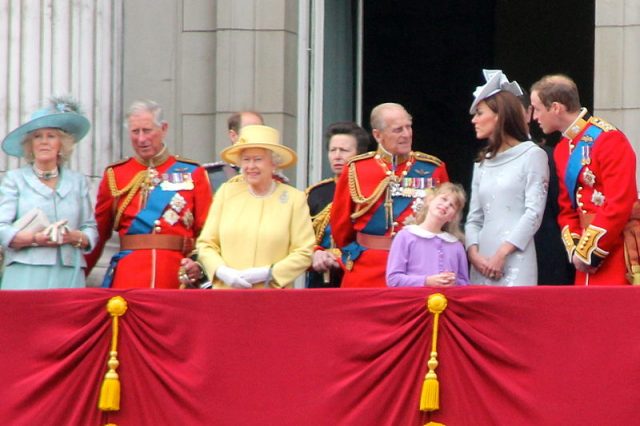
Perhaps the most well-known monarchy in the world is the English monarchy. England has had, according to Historic UK, 66 monarchs and has existed since 827 AD.
The first of the monarchs was Egbert of Wessex (also spelled Ecgberht), a nobleman who was forced out of England when one of his kinsmen, Beothric, rose to the throne of Wessex.
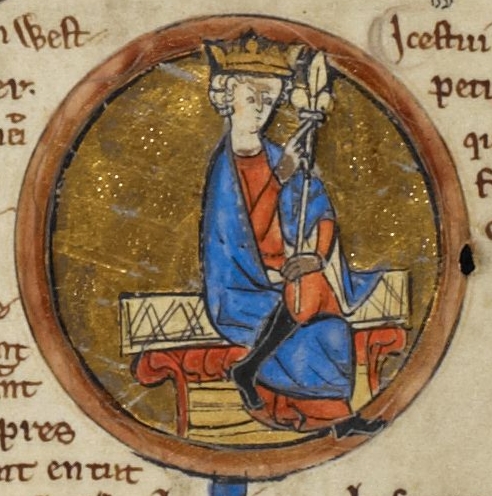
He fled to France to serve Charlemagne. Charlemagne was the most powerful man in Europe and fought incessant campaigns to increase the size of his own kingdom.
In these campaigns, Egbert of Wessex became a battle-hardened veteran. When Beothric died in 800 AD, Egbert returned to Wessex and took the vacant throne. Egbert immediately went to work and fought numerous wars against neighboring monarchs. He united England under the first banner to create stability in the country and cemented the future of the country as a whole.
Sweden
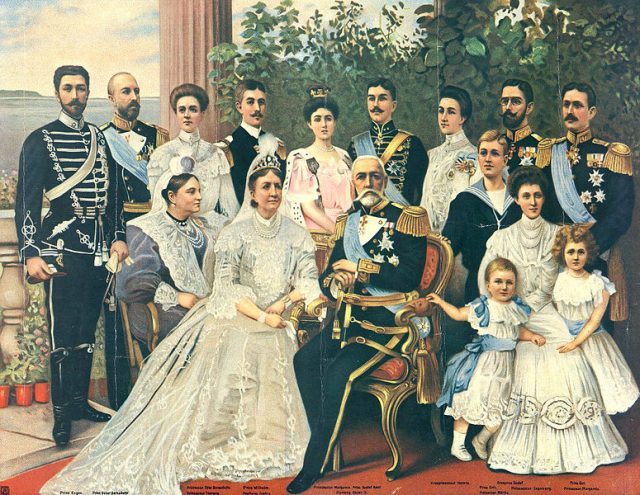
Another modern-day monarchy with ancient origins is that of Carl XVI Gustaf, the King of Sweden (who, according to The Telegraph, is currently dealing with the fallout of a “tell all” book that details escapades in his past).
The country of Sweden started to truly impact history with the devastating attacks on Europe by the Viking clans. From 800 AD to 1050 AD, the Vikings terrorized populations from the eastern coast of England to the western coast of Russia.
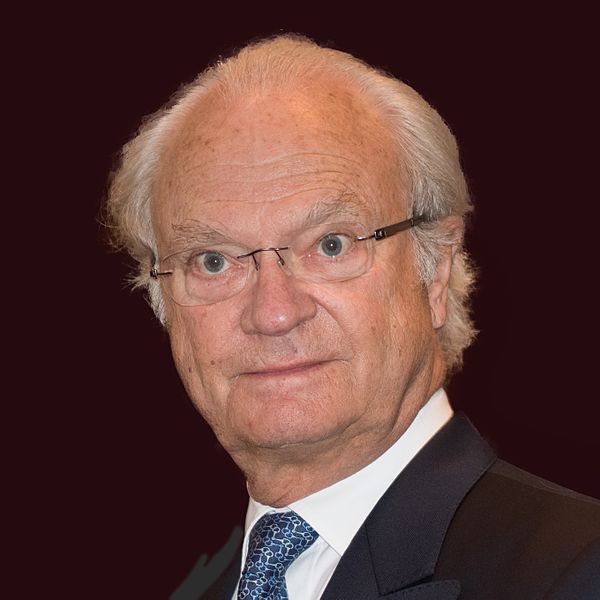
As the Vikings petered out, the Kingdom of Sweden truly began to form, creating a single country. Around the end of the 13th century, it began to interact with other countries politically as a Christian state. On the national website of Sweden, it is stated that King Magnus Ladulås founded the nobility and organized society into the feudal model during 1280. This created the basis of the modern kingdom of Sweden.
Japan
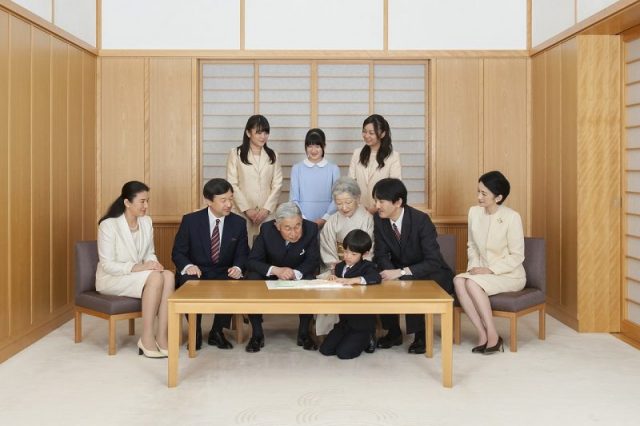
Further to the east stands the Imperial House of Japan, a beacon of civilization for almost 1,500 years.
Unlike the other early monarchies, the first Emperor of Japan is steeped in mythology, which clouds the historical facts of his origins.
Emperor Jimmu is considered the first leader of Japan, and in the mythos, he was a descendant of the Sun Goddess Amaterasu.
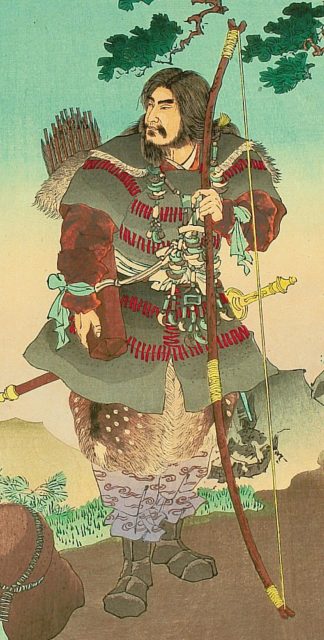
While this is obviously not considered to be historically accurate, the Japanese accept that Emperor Jimmu was the first in the line of Emperors.
Throughout the long history of this nation, the Emperor has often had limited power and is more of a figurehead of the Japanese government.
This is not to say the Emperor has no power, however, and on japan-guide.com it states that “all actual rulers, from the Fujiwara and Hojo regents to the Minamoto and Tokugawa shoguns respected the emperor and were keen in having the imperial legitimization for their position as rulers.”
Thus, the Emperor has always held an important position for the Japanese people. In much more recent history, during the final days of the Second World War, it was a proclamation by Emperor Hirohito that ended the Japanese involvement in the war, showing that a huge amount of influence can still be held by a monarch.
Modern-day monarchies don’t tend to operate the same way; normally the monarch has only nominal powers or practically no power within their governments.
Read another story from us: The Peculiar Facial Deformity Caused by Years of Royal Inbreeding
The reason for this is that the majority of monarchies in the modern world are constitutional monarchies.
These governments typically are set up with a parliamentary structure which limits the power of monarchs without pulling the kings and queens off their thrones.
